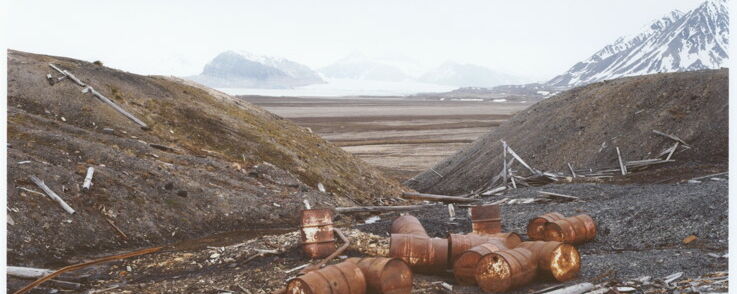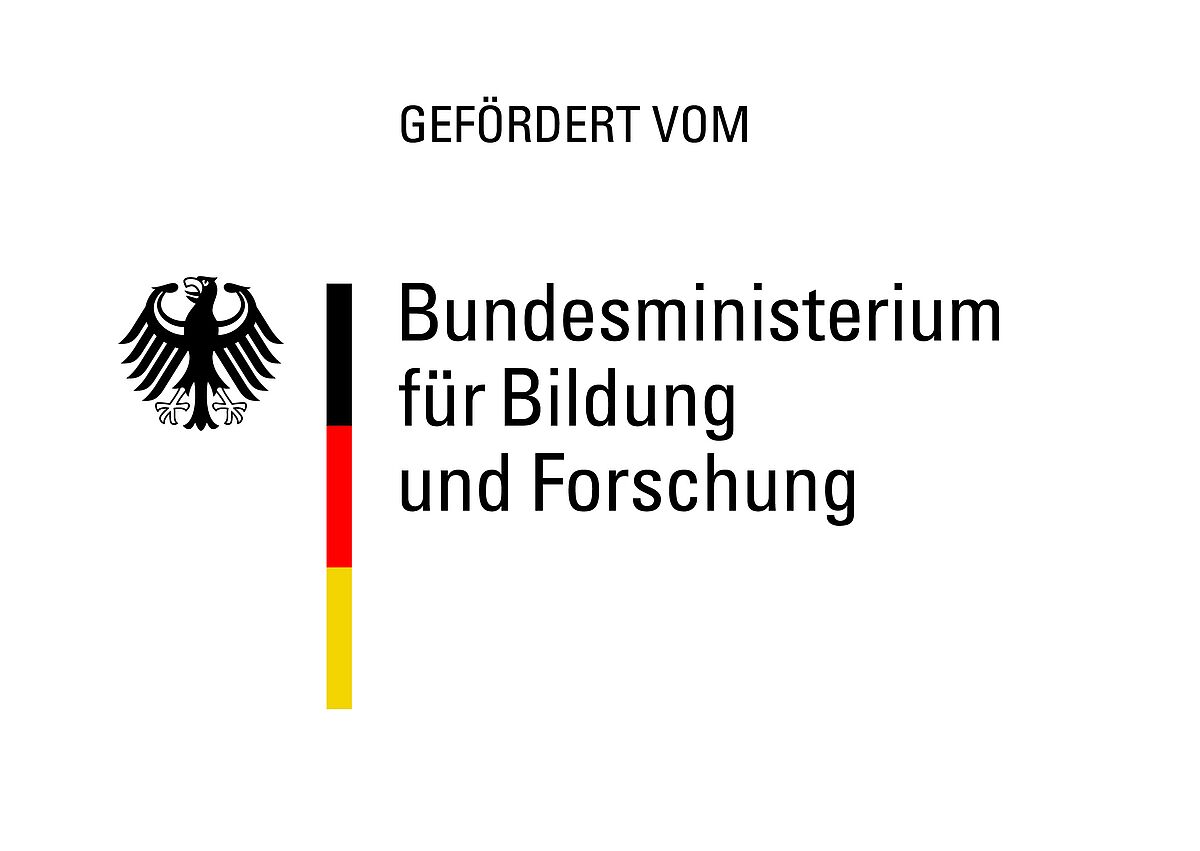Prof. Dr. Marcel Mudrich
Forschungsgruppe Molekulare Quantenphysik mit Synchrotronstrahlung
Universität Kassel
spricht zum Thema:
Ultrafast relaxation processes in photoexcited He nanodroplets
Helium nanodroplets are quantum fluid clusters that feature extraordinary properties such as ultralow temperature and superfluidity. They are mostly used as inert nanometersized cryo-matrices for isolating molecules and for aggregating molecular complexes and nanostructures that are hard or impossible to form by other means. However, when helium nanodroplets are resonantly excited or photoionized, they turn into a highly reactive species that feature intriguingly complex reaction dynamics.
In this talk I’ll present experiments probing the ultrafast dynamics of pure and doped helium nanodroplets initiated by resonant photoexcitation and ionization of the helium droplets. Using synchrotron radiation, free-electron lasers and high-harmonic generation sources, we track ultrafast relaxation processes such as internal conversion, bubble formation, as well as energy- and charge-transfer ionization between (super-)excited helium atoms and between helium atoms and attached dopant atoms and molecules [1-5]. In particular, interatomic Coulombic decay (ICD) processes prevail nearly in the entire extremeultraviolet range of the EM spectrum [6-12]. ICD is initiated by resonant single or double excitation [6,7], simultaneous ionization and excitation [8], and indirectly by photoelectron impact excitation [9,10]. By forming tailored complexes in helium nanodroplets, their ionization and fragmentation dynamics can be studied under controlled conditions [12,13].
References
[1] C. Medina et al., New Journal of Physics 25, 053030 (2023)
[2] A. C. LaForge et al., PCCP 24, 28844-28852 (2022)
[3] J. D. Asmussen et al., Journal of Physical Chemistry Letters 13, 4470–4478 (2022)
[4] A. C. LaForge et al., Phys. Rev. X 11, 021011 (2021)
[5] J. D. Asmussen et al., J Chem. Phys. 159, 034301 (2023)
[6] L. Ben Ltaief et al., Phys. Rev. Research 6, 013019 (2024)
[7] B. Bastian et al., Phys. Rev. Lett. 132, 233001 (2024)
[8] M. Shcherbinin et al., Phys. Rev. A 96, 013407 (2017)
[9] L. Ben Ltaief et al., Phys. Rev. Lett. 131, 023001 (2023)
[10] L. Ben Ltaief et al., Rep. Prog. Phys. 88, 037901 (2025)
[11] A. C. LaForge et al., Rep. Prog. Phys. 87, 126402 (2024)
[12] J. D. Asmussen et al., PCCP 25, 24819 – 24828 (2023)
[13] S. De et al., J. Chem. Phys. 160, 094308 (2024)
Interessenten sind herzlich eingeladen.
Prof. Dr. Fennel









